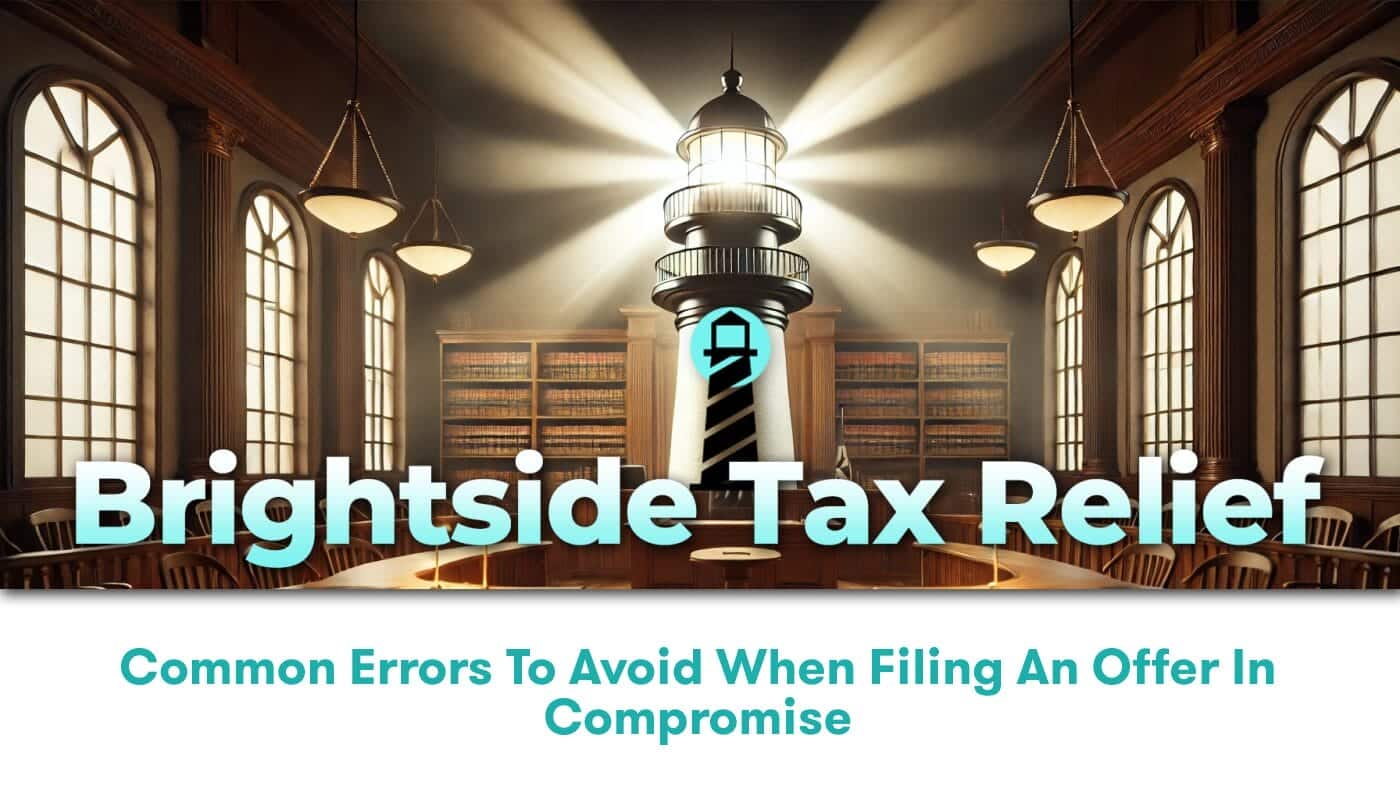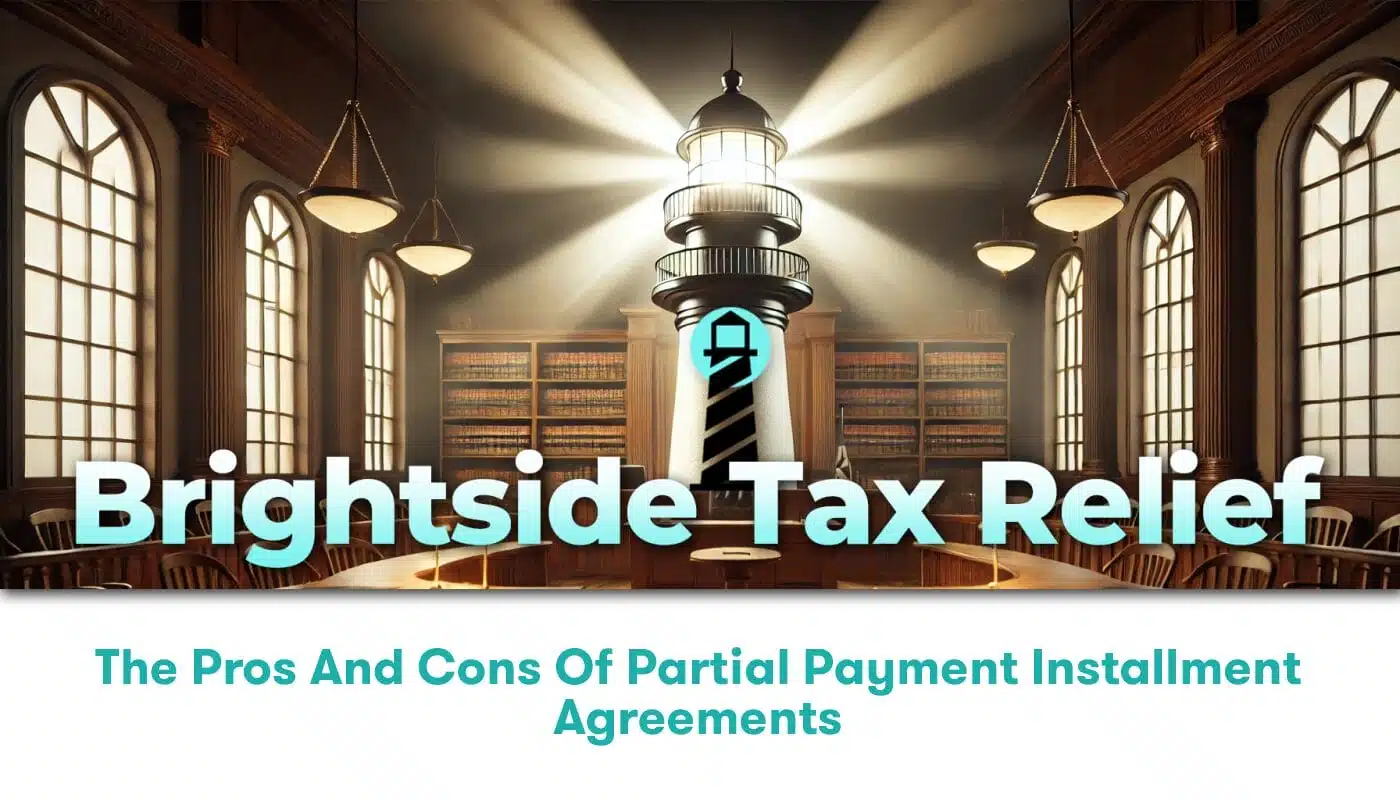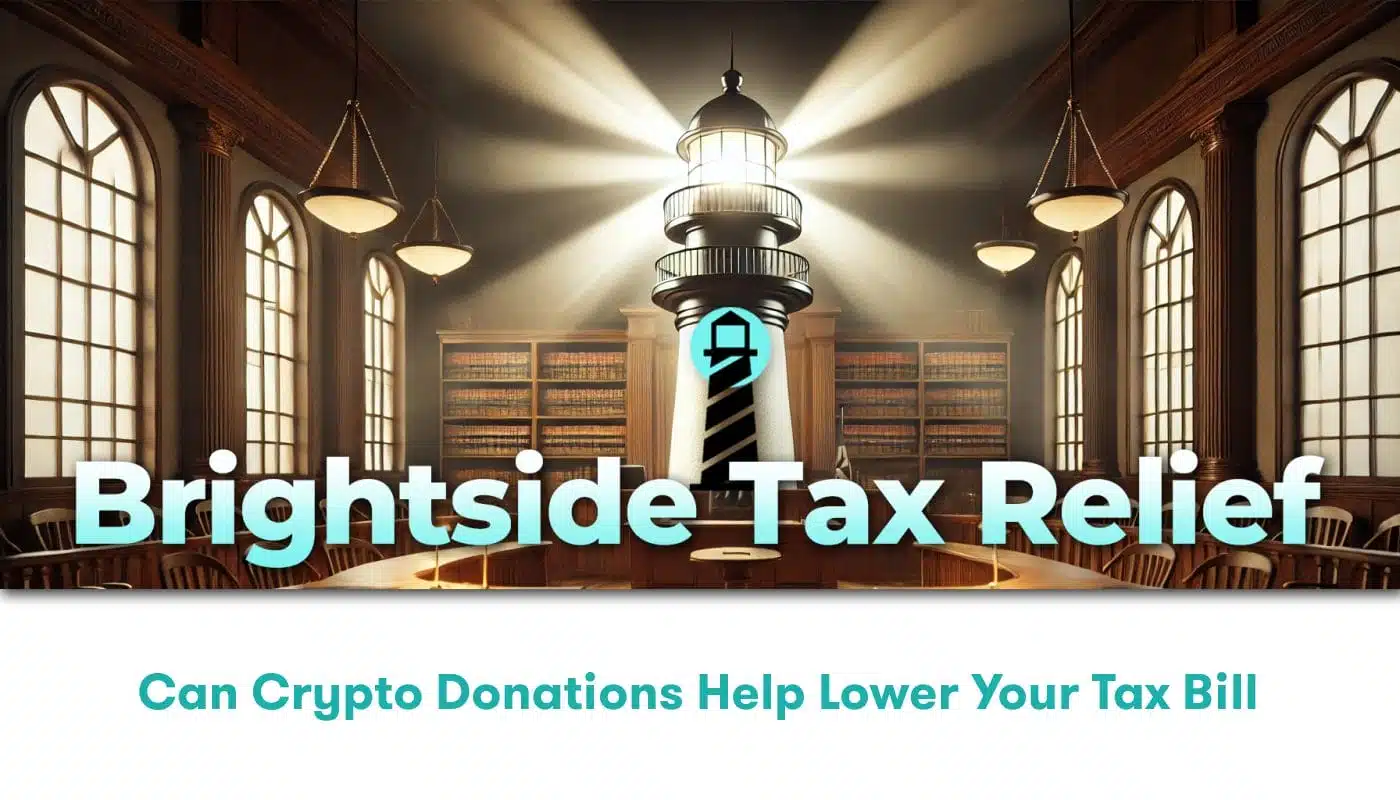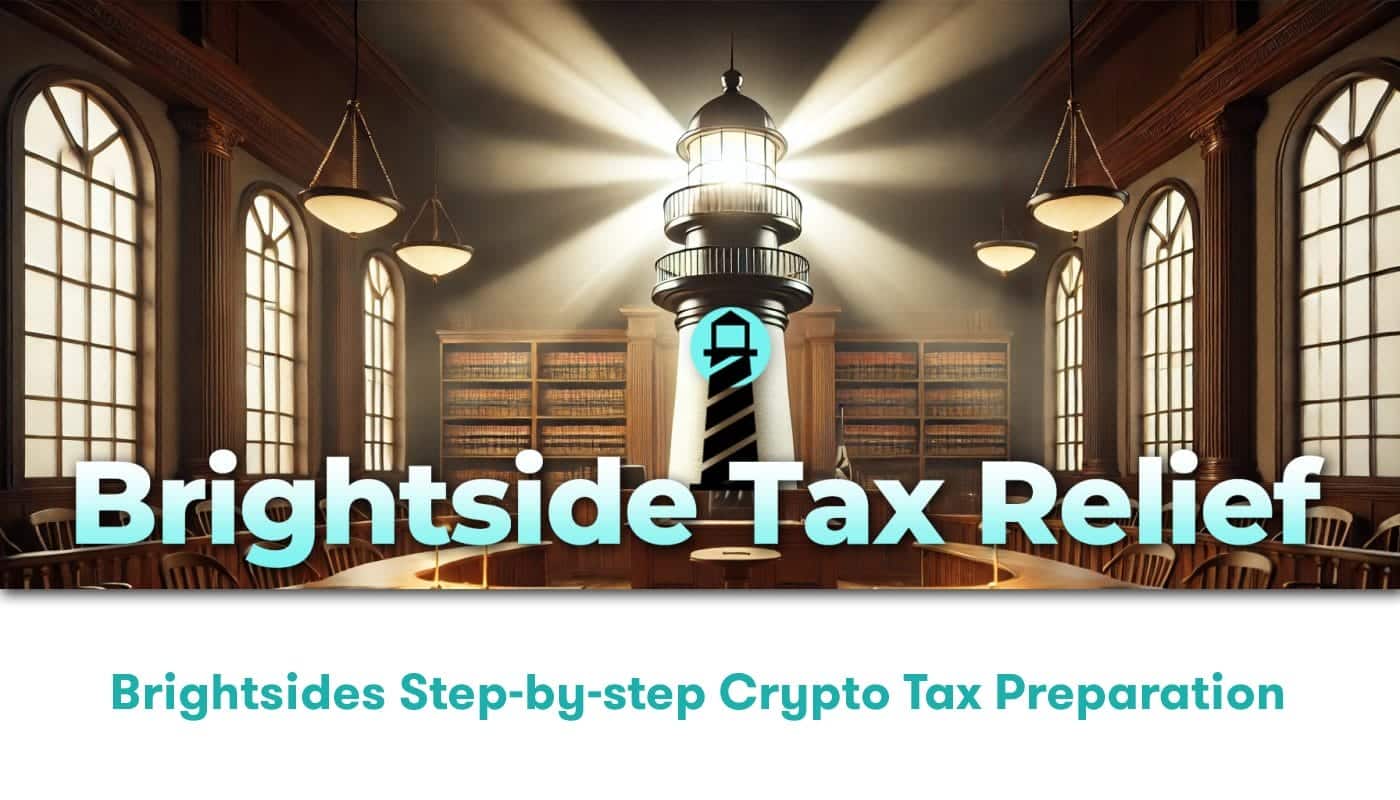Navigating the Treacherous Waters of Offer in Compromise
When it comes to resolving tax debt, an Offer in Compromise (OIC) can be a lifeline for many taxpayers. However, the process of filing an OIC is fraught with potential pitfalls that can sink your chances of success faster than you can say “tax relief.” Understanding these common errors is crucial for anyone considering this route to financial freedom.
One of the most frequent mistakes taxpayers make is underestimating the complexity of the OIC process. Many individuals approach it with a cavalier attitude, believing that simply filling out a form and sending it off to the IRS will suffice. This couldn’t be further from the truth. The OIC process requires meticulous attention to detail, comprehensive financial documentation, and a thorough understanding of tax laws and regulations.
Another critical error is failing to accurately assess your ability to pay. The IRS has specific criteria for determining whether an OIC is acceptable, and a key factor is the taxpayer’s reasonable collection potential (RCP). Lowballing your offer without proper justification is a surefire way to get your proposal rejected. On the flip side, offering more than necessary can leave you struggling to meet the terms of the agreement.
Unraveling the Tangled Web of OIC Blunders
Let’s dive deeper into the maze of mistakes that can turn your OIC journey into a bureaucratic nightmare. One of the most insidious errors is incomplete or inaccurate financial disclosure. The IRS expects a comprehensive and truthful representation of your financial situation. Omitting assets, understating income, or overstating expenses can be interpreted as an attempt to deceive, potentially leading to not only rejection but also more severe consequences.
Timing is another critical factor that many taxpayers overlook. Submitting an OIC when you’re not eligible is a waste of time and resources. For instance, if you’re in an open bankruptcy proceeding or haven’t filed all required tax returns, your OIC will be returned without consideration. Additionally, failing to stay current on your tax obligations while your OIC is pending can result in automatic rejection.
A common misstep is the failure to explore alternative payment options before submitting an OIC. The IRS views the OIC program as a last resort, and they expect taxpayers to have considered other options such as installment agreements or currently not collectible status. Jumping straight to an OIC without demonstrating that these alternatives are unfeasible can weaken your case significantly.
Lastly, many taxpayers underestimate the importance of a well-crafted narrative. Your OIC isn’t just a collection of numbers; it’s a story of financial hardship and future potential. Failing to provide a compelling explanation of your circumstances and why the OIC is in the best interest of both you and the government can leave your offer dead in the water.
Brightside Tax Relief: Your Local Beacon in the OIC Storm
When it comes to navigating the treacherous waters of Offer in Compromise, having a seasoned guide can make all the difference. This is where Brightside Tax Relief shines like a lighthouse in a fog of tax confusion. As a nationwide tax relief company, Brightside brings a wealth of experience and local expertise to the table, making them the ideal choice for taxpayers grappling with OIC submissions.
What sets Brightside apart is their intimate understanding of local tax landscapes across the country. Tax laws and regulations can vary significantly from state to state, and even between different IRS offices. Brightside’s team of experts has their finger on the pulse of these local nuances, allowing them to tailor OIC strategies that resonate with the specific requirements and expectations of your local IRS office.
But it’s not just about local knowledge. Brightside’s approach to OIC submissions is holistic and client-centered. They don’t just fill out forms; they build comprehensive cases that tell your unique financial story. Their team of tax professionals, which includes former IRS agents and seasoned tax attorneys, knows exactly what the IRS is looking for in a successful OIC application. They can help you avoid the common pitfalls we’ve discussed and craft an offer that has the best chance of acceptance.
Moreover, Brightside’s commitment to client success extends beyond the initial OIC submission. They provide ongoing support throughout the process, handling communication with the IRS, responding to inquiries, and making adjustments to your offer as needed. This level of dedicated service can be invaluable in navigating the often lengthy and complex OIC process.
Navigating the Offer in Compromise Maze: Why Brightside Tax Relief Shines
When it comes to avoiding common errors in filing an Offer in Compromise (OIC), Brightside Tax Relief stands out as a beacon of expertise and reliability. Their team of seasoned tax professionals has a proven track record of successfully guiding clients through the intricate OIC process, minimizing mistakes that could potentially derail your case. With years of experience under their belts, Brightside’s experts have encountered and overcome virtually every pitfall that taxpayers might face when submitting an OIC.
One of the key criteria that sets Brightside Tax Relief apart is their comprehensive understanding of the IRS’s ever-evolving guidelines and requirements. They stay up-to-date with the latest changes in tax laws and OIC procedures, ensuring that your application is always in compliance with current regulations. This attention to detail can make the difference between acceptance and rejection of your offer, saving you time, money, and unnecessary stress.
Moreover, Brightside Tax Relief offers personalized attention to each client’s unique financial situation. They don’t believe in a one-size-fits-all approach, recognizing that every taxpayer’s circumstances are different. Their team takes the time to thoroughly analyze your financial records, assess your eligibility, and craft a tailored OIC strategy that maximizes your chances of success. This individualized approach helps prevent common errors that often arise from generic, cookie-cutter solutions.
Demystifying the OIC Process: Your Burning Questions Answered
One of the most common questions taxpayers have about the Offer in Compromise process is, “How long does it take?” While there’s no one-size-fits-all answer, Brightside Tax Relief can provide you with a realistic timeline based on your specific situation. Generally, the OIC process can take anywhere from six months to two years, depending on the complexity of your case and the IRS’s current workload. Brightside’s experts can help you set realistic expectations and guide you through each step of the journey, ensuring you’re prepared for the long haul.
Another frequently asked question is, “What happens if my Offer in Compromise is rejected?” This is where Brightside Tax Relief’s expertise truly shines. If your initial offer is rejected, don’t panic! Brightside’s team can help you understand the reasons for the rejection and develop a strategy to address those issues. They may recommend appealing the decision, submitting a revised offer, or exploring alternative tax relief options. Their goal is to find the best solution for your unique circumstances, even if it means thinking outside the box.
Many taxpayers also wonder, “How much should I offer in my OIC?” This is a critical question, as offering too little can lead to rejection, while offering too much may unnecessarily strain your finances. Brightside Tax Relief’s professionals use their extensive knowledge of IRS guidelines and their experience with successful OICs to help you determine an appropriate offer amount. They’ll consider factors such as your income, expenses, assets, and future earning potential to calculate an offer that’s both attractive to the IRS and manageable for you.
Charting Your Course: The Brightside Path to OIC Success
Ready to take the next step in resolving your tax debt through an Offer in Compromise? Brightside Tax Relief has streamlined the process to make it as smooth and stress-free as possible. Your journey begins with a free consultation, where you’ll speak with one of their experienced tax professionals. During this initial conversation, they’ll assess your situation, discuss your options, and determine if an OIC is the best course of action for you. To get started, simply call their dedicated helpline at 844-638-0800.
Once you’ve decided to move forward with Brightside Tax Relief, their team will guide you through the document gathering process. This crucial step is where many taxpayers stumble, often submitting incomplete or inaccurate information that can lead to delays or rejections. Brightside’s experts know exactly what the IRS is looking for and will help you compile a comprehensive, well-organized package that presents your case in the best possible light. They’ll assist you in gathering financial statements, tax returns, pay stubs, and any other relevant documentation needed to support your OIC application.
With your documentation in order, Brightside Tax Relief will then craft a compelling OIC proposal tailored to your unique circumstances. Their team will leverage their deep understanding of IRS criteria to present your case in a way that maximizes your chances of acceptance. They’ll carefully calculate your offer amount, ensuring it’s both reasonable for you and attractive to the IRS. Throughout this process, they’ll keep you informed and involved, explaining each step and addressing any concerns you may have. Remember, transparency and accuracy are key to avoiding common OIC errors, and Brightside Tax Relief excels in both areas.






